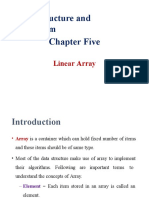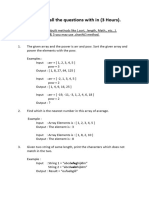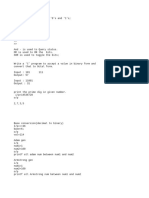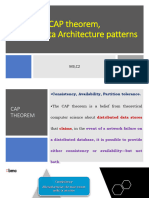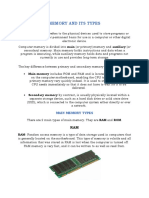0% found this document useful (0 votes)
28 views5 pagesFE - Array Practice
The document provides an overview of data structures such as arrays, lists, trees, stacks, and queues, with a focus on 1D arrays and their properties. It includes examples of operations like shifting elements, calculating time and space complexity, and solving problems related to stock prices and array rotations. Additionally, it discusses counting occurrences of elements and moving zeros in an array while maintaining order.
Uploaded by
Minerva MayCopyright
© © All Rights Reserved
We take content rights seriously. If you suspect this is your content, claim it here.
Available Formats
Download as DOCX, PDF, TXT or read online on Scribd
0% found this document useful (0 votes)
28 views5 pagesFE - Array Practice
The document provides an overview of data structures such as arrays, lists, trees, stacks, and queues, with a focus on 1D arrays and their properties. It includes examples of operations like shifting elements, calculating time and space complexity, and solving problems related to stock prices and array rotations. Additionally, it discusses counting occurrences of elements and moving zeros in an array while maintaining order.
Uploaded by
Minerva MayCopyright
© © All Rights Reserved
We take content rights seriously. If you suspect this is your content, claim it here.
Available Formats
Download as DOCX, PDF, TXT or read online on Scribd
/ 5











































